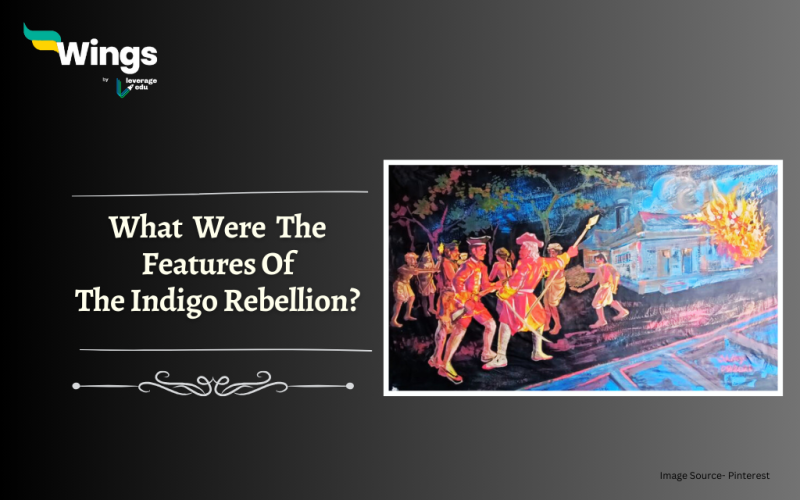The Indigo Rebellion was also known as the Neel Bidroho, which was fought in Bengal in 1859-60. British planters asked Indian planters or rather forced them to grow indigo within terms that were next to impossible for farmers. The village headmen and ryots led the whole rebellion and the peasants into it. The rebellion was initiated at the time of the Industrial Revolution of the 18th century in British when the cotton textile industry witnessed a boom. The demand for blue cloth increased in British which is why Indian peasants were forced into increasing Indigo farming. Let us get to know what were the features of the Indigo Rebellion in this blog.
Table of Contents [show]
Features of Indigo Rebellion
Below are the features of the Indigo Revolt:
- Under the Ryoti system, indigo was to be grown on four major parts of the field.
- When peasants disagreed to grow Indigo, planters tried to bribe them. Later they made them sign a fraud agreement.
- Planters tried attacking peasants to continue growing indigo but the community of peasants stuck around.
- The educated class also came to the frontline for the battle and made it a legal battle. This class also organized mass meetings, and newspaper campaigns to spread awareness amongst people.
- Dinanbandhu Mitra depicted the whole situation of the Battle through a play called ‘Nil Darpan.’ However, the British government later banned the play.
Also Read – Peasant Movements in India: Evolution, Causes, Phases
Outcome Of Indigo Rebellion
The government appointed an Indigo Commission to know the details of the revolt. In Nov 1860, the Government ruled out a notification that stated “Ryot could not be compelled to grow Indigo.”
It was a major victory for Bengal peasants. By the end of 1860, the cultivation of Indigo was completely wiped out from Bengal.
FAQs
Digambar Biswas and Bishnu Biswas of Nadiya district introduced the Indeigo Revolt with the help of other peasants.
It was a revolt by peasants against the British East India Company platers who forced them to grow Indigo on impossible terms.
In March 1860, the British government rolled out an act that stated the fulfilment of Indigo crops for one season and the Indigo Commission’s adoption for the next season.
This was all about what were the features of the Indigo Rebellion. If you want to read more articles like this, you can get Study notes on the Modern History of India here. Also, you can visit our general knowledge page on Indian History!
 One app for all your study abroad needs
One app for all your study abroad needs















 45,000+ students trusted us with their dreams. Take the first step today!
45,000+ students trusted us with their dreams. Take the first step today!
